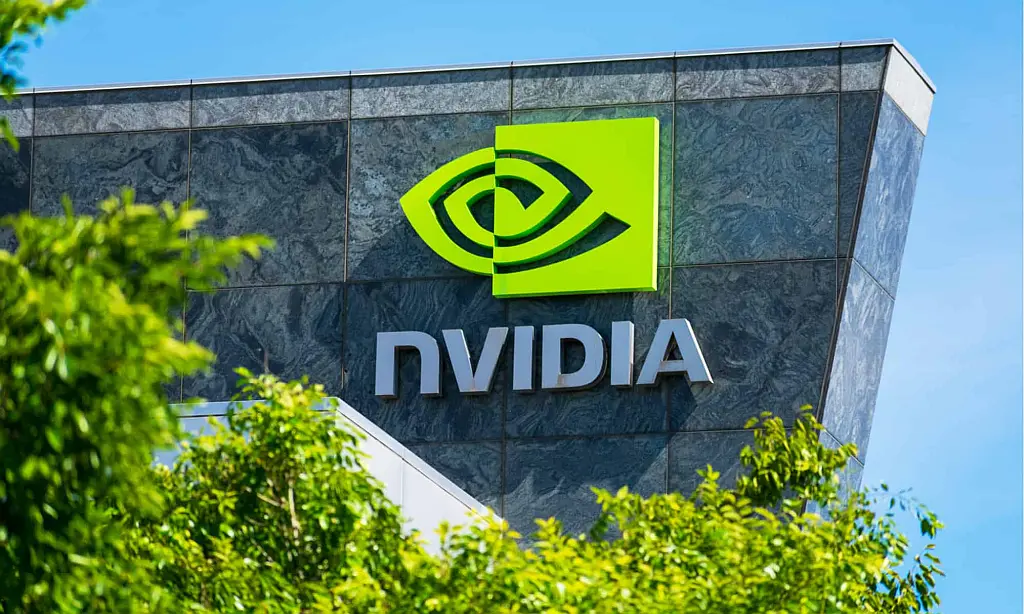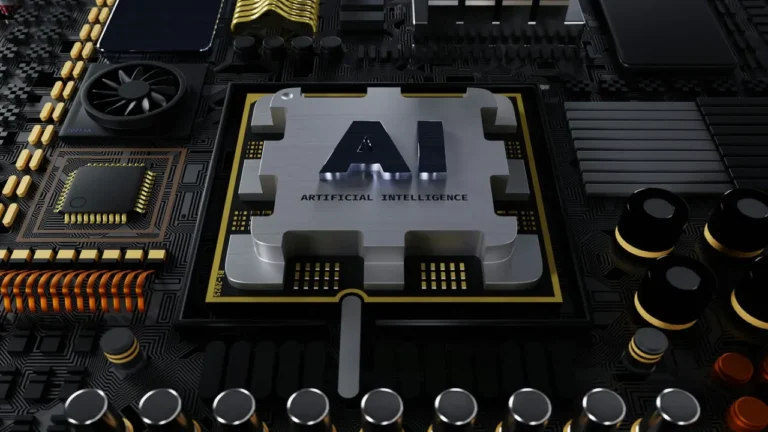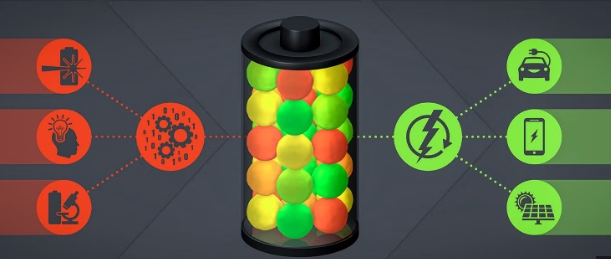Nvidia Stock Faces Cooling Despite Robust AI Chip Demand

Nvidia Corporation, a global leader in AI hardware, has encountered a notable shift in investor sentiment despite posting exceptional financial results in its latest quarterly earnings. The company reported $46.7 billion in revenue for its second fiscal quarter ended July 27, 2025—a 56% year-over-year increase—and a sequential growth of 6%. This remarkable performance, driven primarily by demand for AI data center chips and the company’s Blackwell architecture, troubled the stock as shares declined approximately 2% shortly after the earnings release. This paradox reflects a mix of optimistic long-term prospects tempered by near-term concerns and market dynamics.
CEO Jensen Huang remains highly confident about Nvidia’s future, emphasizing the company’s key role in powering the global AI infrastructure boom. Huang forecasted that spending on AI infrastructure could balloon to $3 to $4 trillion by the end of the decade, implying a compound annual growth rate of approximately 40%. Nvidia’s Blackwell Ultra GPU lineup, which offers a generational leap in AI training and inference performance, is ramping at full speed amid “extraordinarily” strong demand. The company’s proprietary NVLink rack-scale computing architecture is also a key differentiator in enabling orders-of-magnitude performance increases.
Despite these bullish fundamentals, investors have become more cautious, reflected in a slight stock price drop and market commentary highlighting emerging risks. Nvidia’s near-term sales guidance notably excluded future revenues from China, due to ongoing U.S. export controls restricting sales of high-end AI chips to Chinese firms. This limitation is significant given China’s status as a major AI compute market and is a headwind to Nvidia’s overall growth. The current geopolitical environment introduces uncertainty, dampening the exuberance that propelled the company’s shares through early 2025.
The law of large numbers poses another challenge for Nvidia stock. At a market capitalization exceeding $4.4 trillion and a price-to-earnings (P/E) ratio near 51, the company’s growth expectations are enormous. To deliver a modest 10% annual return to investors over the next seven years, Nvidia would need to double its valuation to nearly $9 trillion by 2032. This would require Nvidia to add net earnings at an extraordinary pace, averaging $26 billion annually, a feat unprecedented for a company of its size—even surpassing historically fast-growing tech giants like Microsoft and Alphabet.
Investors are also factoring in market-driven cooling on AI sector stocks overall. The Nasdaq 100 and “Magnificent Seven” tech stocks, including Nvidia, Meta, Microsoft, Alphabet, Amazon, Tesla, and Apple, have experienced volatile trading after months of relentless upward momentum. OpenAI CEO Sam Altman publicly cautioned about investor overexuberance in AI, highlighting that many businesses have yet to realize significant financial benefits despite widespread AI experimentation. Surveys by MIT and other institutions indicate that 95% of companies investing in generative AI have not yet seen tangible revenue impact.
Retail investor enthusiasm for Nvidia, which peaked in 2024 with $140 billion of monthly inflows, has also softened in recent months, although sizable purchases resumed after the strong earnings release. Data shows that investors remain attracted to Nvidia’s dominant position in AI hardware but are recalibrating expectations to account for risks stemming from regulatory limits, market saturation, and valuation levels.
Nvidia still commands a strong competitive moat through its leading-edge GPU designs, extensive research and development, and partnerships with major hyperscalers and AI model developers. The company’s free cash flow reached $40 billion in the first half of 2025, up 39% year-over-year, fueling share repurchases and innovation.
While Nvidia remains a pivotal pillar in the AI ecosystem with exceptional growth prospects, its stock reflects the complexities of being a giant in a nascent but volatile market. Investors are balancing optimism for AI’s transformative potential against the geopolitical, competitive, and valuation challenges that moderate the pace of stock appreciation. Accordingly, Nvidia’s path forward is charted by breakthrough product launches and aggressive growth targets, shadowed by practical considerations that make its stock performance more nuanced than prior surges.
Enjoyed this post?
Subscribe to Evervolve weekly for curated startup signals.
Join Now →







